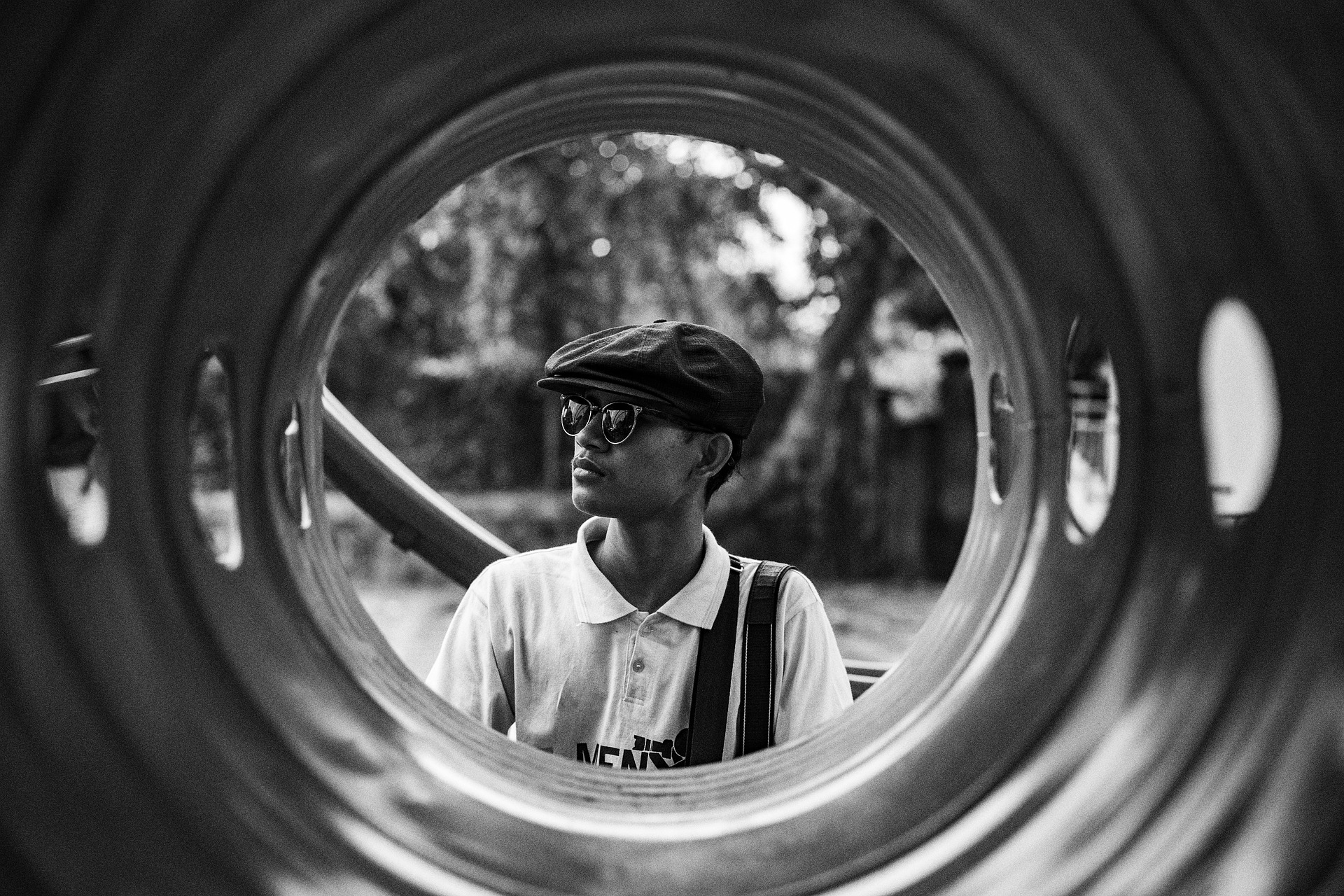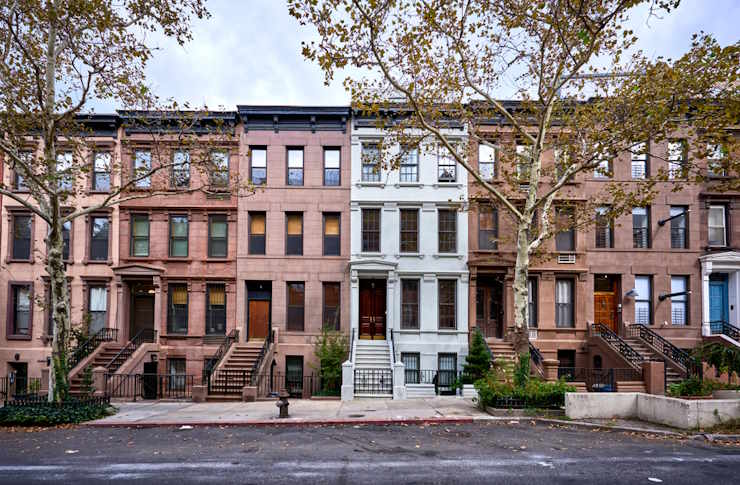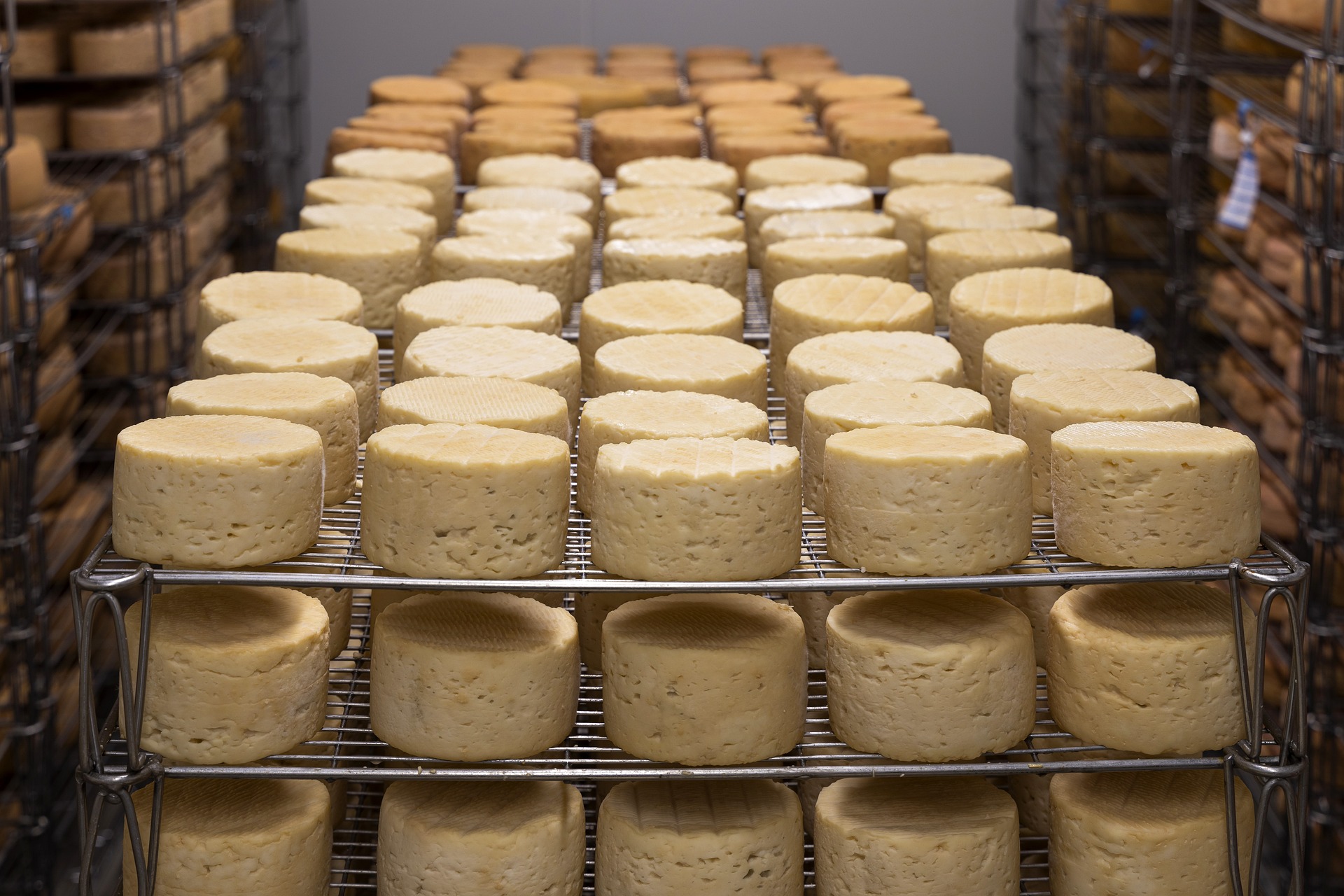Embracing Retro Chic: The Resurgence of Mid-Century Modern Design
Mid-century modern design is making a comeback, and it's not hard to see why. With its clean lines and organic curves, this aesthetic harks back to a simpler time while still exuding an undeniable contemporary flair. Are you interested in infusing some mid-century magic into your home? Read below as we explore this trending design phenomenon.

The Roots of Mid-Century Modern Design
Mid-century modern design emerged post-WWII, during the mid-1930s to mid-1960s. This style is characterized by a seamless blend of functionality and aesthetics, featuring simplistic forms, organic shapes, and a keen appreciation for different materials. The style’s resurgence can be attributed to its timeless allure and the current desire for minimalist living, which resonates with the style’s philosophy of simplicity and functionality.
Key Elements of the Style
Mid-century modern design focuses on sleek lines, organic forms, and high functionality. The use of innovative materials, like plastic and plywood, is also characteristic of this style. Additionally, the design philosophy emphasizes a harmonious connection between indoor and outdoor spaces, often through large windows or glass walls. Vibrant colors and patterns, paired with neutrals, are another hallmark of this design trend.
Finding the Right Mid-Century Modern Furniture
When choosing furniture, look for pieces with a distinct mid-century aesthetic—clean lines, organic curves, and functionality. Iconic pieces like the Eames lounge chair or the Saarinen tulip table can make a statement in any room. However, don’t feel confined to vintage pieces; many contemporary designers are producing furniture that captures the ethos of mid-century modern design.
Introducing Mid-Century Modern Design into Your Space
Start small when integrating this style into your home. An accent chair, a coffee table, or even a simple table lamp can introduce the mid-century modern aesthetic without overwhelming your space. Consider using geometric patterns, either on textiles or wall art, to add a touch of mid-century modern. Remember, balance is key—avoid overloading your space with too many vintage pieces.
The Power of Accessories
Accessories are an essential part of mid-century modern design and a great way to subtly introduce this style into your home. Consider adding a sunburst clock or a starburst mirror to your wall. Other popular accessories include geometric rugs, abstract art, period-appropriate planters, and vintage ceramics.
Useful Tips and Facts: - Mid-century modern design combines both organic and geometric forms. - This style is known for its innovative use of new materials. - Iconic furniture pieces can serve as focal points in a room. - Balance is key: don’t overload your space with vintage items. - Accessories can easily and subtly introduce the style into your home.
Conclusion: The resurgence of mid-century modern design is a testament to its timeless appeal. This style, with its focus on form and function, is more than just a design trend—it’s a way of reimagining our spaces to be more streamlined, practical, and aesthetically pleasing. Whether you’re a die-hard fan or just starting to appreciate this design philosophy, there are numerous ways to incorporate mid-century modern elements into your home.




